
Home » How to Choose the Best Leash and Collar for Your Dog: A Guide to Comfort, Safety, and Style
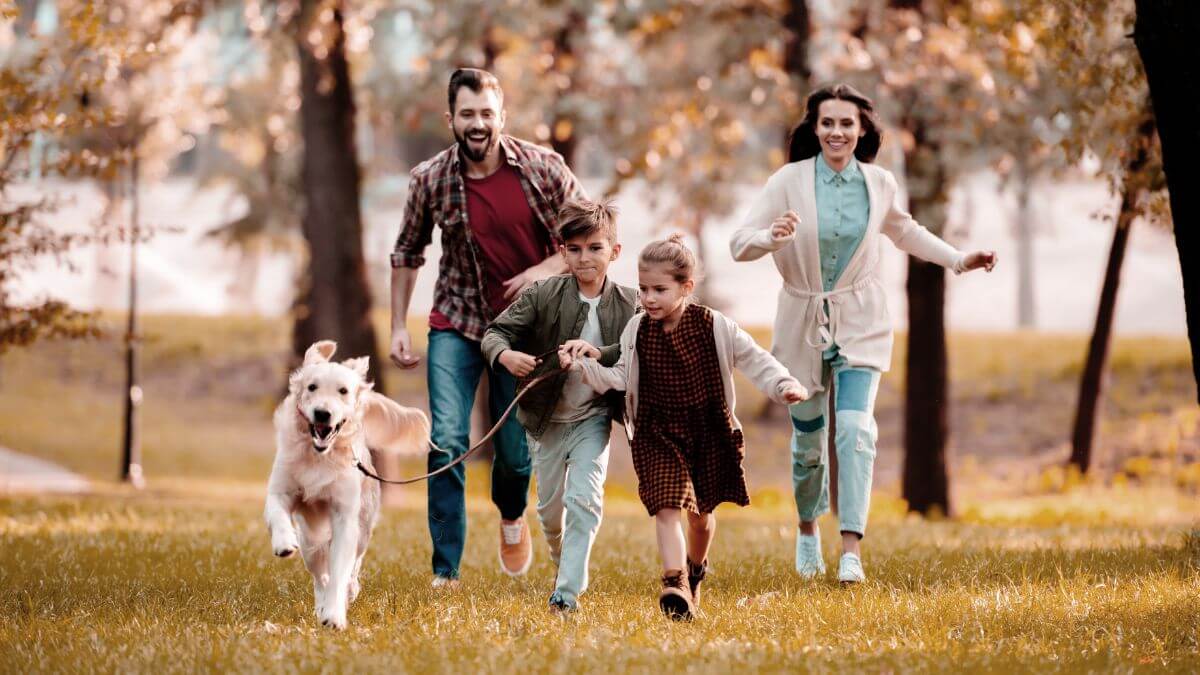
PHOTO CREDIT: LightFieldStudios
Finding the perfect leash and collar for your dog is about more than just aesthetics—it’s about safety, comfort, and communication. Whether you’re bringing home a new puppy, managing a reactive adult dog, or simply upgrading your gear, the right leash and collar combo can make every walk safer and more enjoyable for both of you.
With countless options on the market—from flat collars to martingales, retractable leashes to hands-free designs—it’s easy to get overwhelmed. This guide breaks down everything you need to know to choose the best leash and collar for your dog’s breed, size, behavior, and lifestyle.
If you have purchased a dog from a reputable breeder, they should be able to guide you towards the best choices. If you are on your own, ask yourself a few key questions before diving into materials and hardware:
Understanding these factors helps you narrow down which features to prioritize and those you can skip.
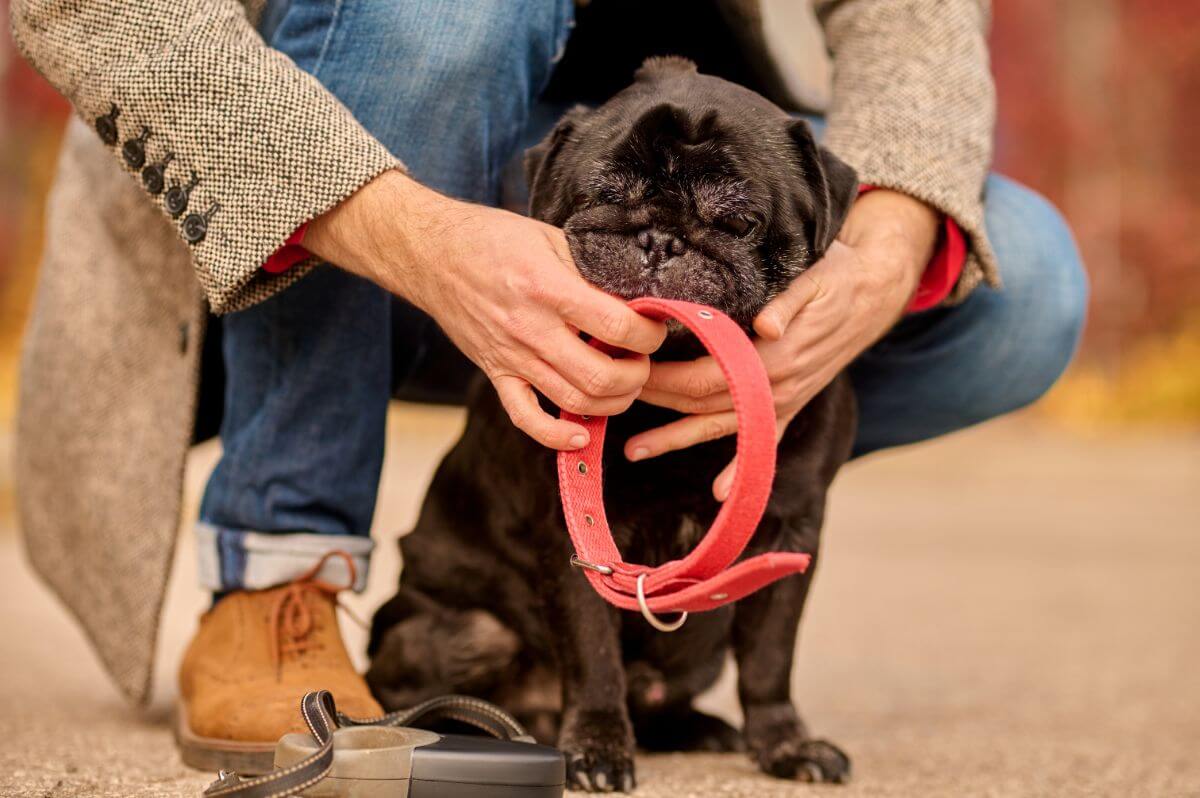
Let’s start with collars, which are not just for identification tags but also play a crucial role in safety and control.
The standard flat collar is ideal for dogs who walk well on leash and don’t pull or slip. These are comprised of a strip of material, a buckle, and holes for the buckle attachment, in addition to a ring where you attach a leash. Flat collars are available in a variety of materials, with leather, nylon webbing, and BioThane being easy to find and popular choices; all are available in endless styles and colors.
Originally designed for sighthounds like Greyhounds and Whippets, martingales tighten slightly when the dog pulls, preventing escape without choking.
These collars loop over the dog’s muzzle and neck, giving the handler a different kind of directional control, especially for large dogs who pull. They work similarly to a horse halter—turning the head which redirects the body.
Slip or choke collars, also known as slip or choke chains, can be used for training and walking, especially with strong or energetic dogs. Designed to tighten slightly when the dog pulls, they provide a form of correction that many professionals find effective for teaching leash manners. They can be made of metal chain or other materials.
These collars apply pressure evenly around the neck when the dog pulls. To be used under the guidance of an experienced trainer.
These days, you can find specialty collars of all sorts. Some are just decorative; did you know there is such a thing as “dog wedding collars?” Our focus is on function:
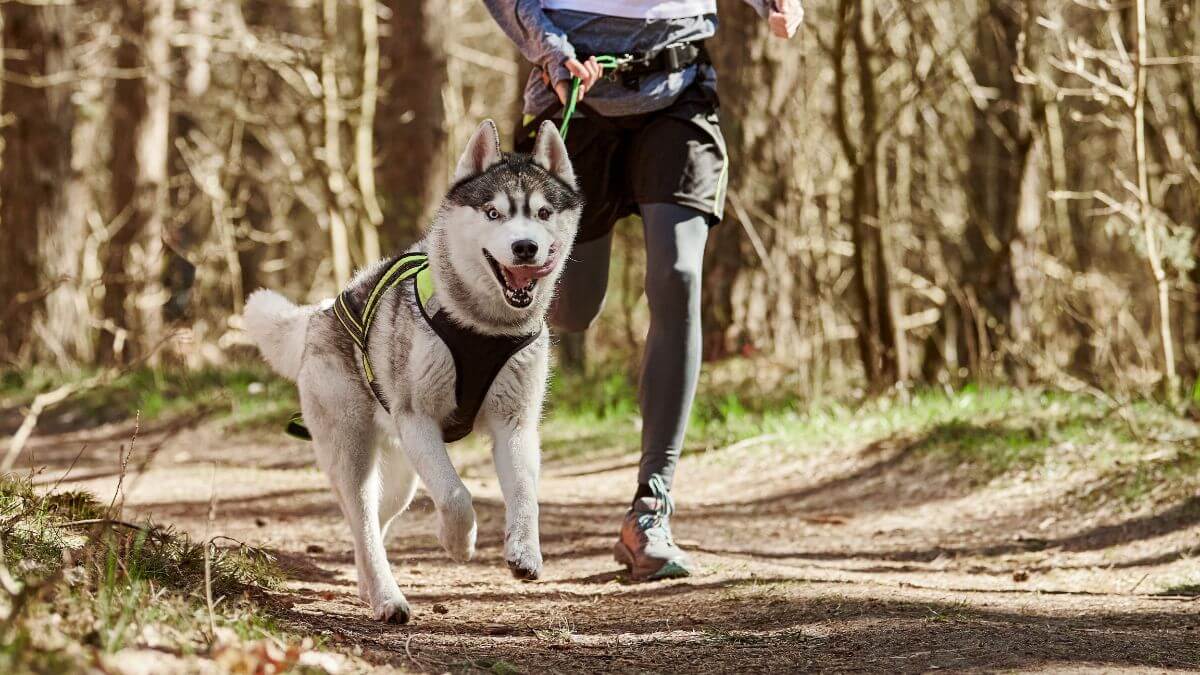
While not technically a collar, harnesses are increasingly popular for daily walks, especially for small dogs, breeds prone to tracheal collapse, or dogs in training.
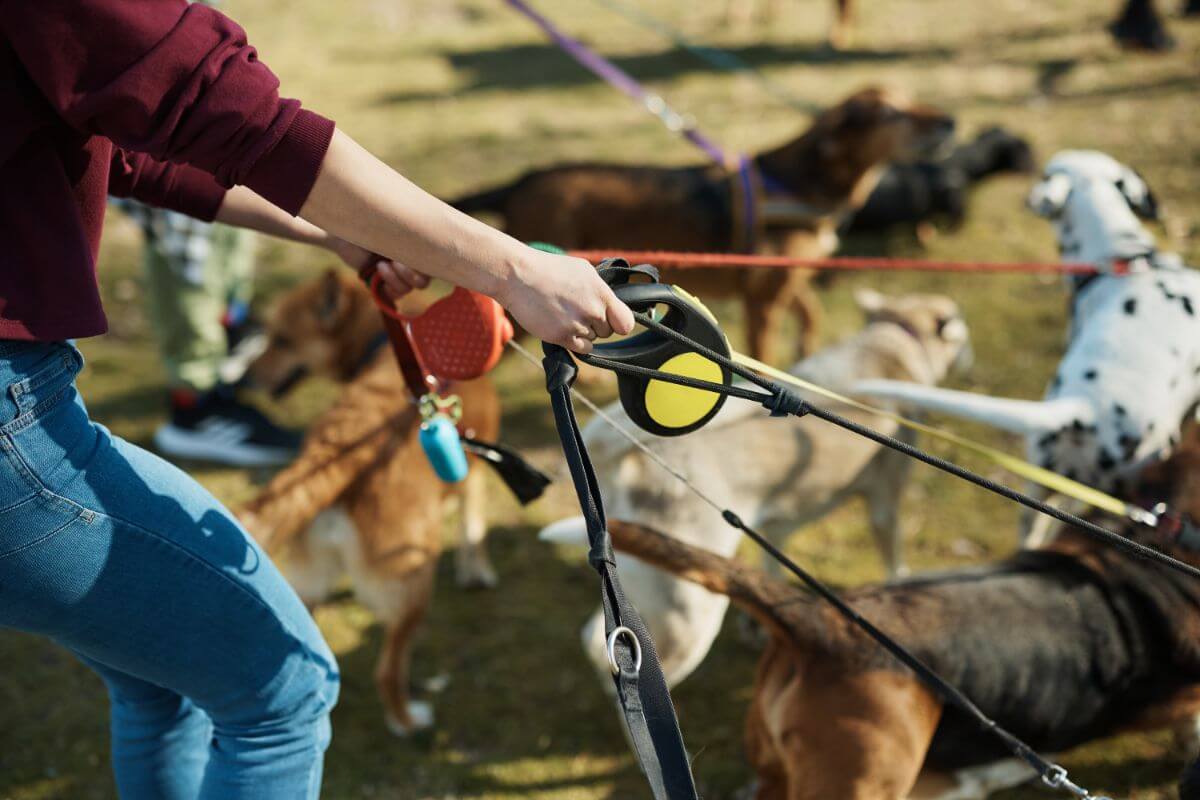
The leash is your lifeline between you and your dog. It must be secure, functional, and appropriate for your dog’s size and behavior.
Typically, four-to-six-feet-long, standard leashes made of nylon, leather, BioThane (or other materials) are everyday staples. They’re great for walks, training, and basic control.
These extendable leashes can be convenient, but they’re also risky in certain situations. It is incumbent upon you to learn how to use them safely. Many people prefer the type that have a “tape” rather than a thin “string-like” retractable leash component.
Ranging from 15 to 50 feet (and even longer), long lines are used in training recall, scent work, or safe exploration. Not for daily walks on crowded sidewalks.
These attach around your waist and are great for jogging or hiking with dogs who walk politely.
These loop over the dog’s head and tighten when pulled. Used frequently in shelters or training.
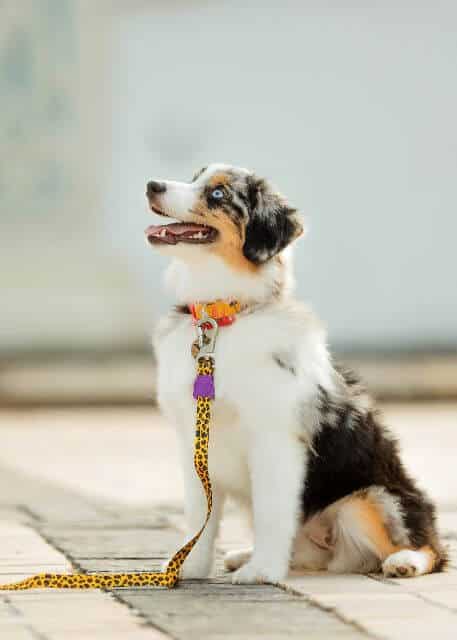
Avoid bargain gear with cheap clips or rough stitching. If your leash or collar fails mid-walk, you could be left in a dangerous situation.
Double-check sizing charts from manufacturers, especially for specialty gear.

There’s no harm in choosing a collar with your dog’s name embroidered or a leash in your favorite color, but function should always come first. Prioritize quality materials, strong hardware, and a proper fit over cuteness.
You can have both style and substance—but only if safety and comfort are non-negotiables.
The best leash and collar combination isn’t about trends—it’s about your dog’s body, behavior, and lifestyle. What works for a calm senior Labrador Retriever won’t work for a high-energy Siberian Husky or a nervous rescue dog.
Take the time to observe how your dog moves, reacts, and interacts with their environment. If possible, visit a local pet shop and fit the gear on your dog. Your dog’s breeder, a professional trainer, or a vet can also help guide your choice if you’re unsure.
Ultimately, the right gear should feel like an extension of your bond, giving your dog freedom to explore and you the confidence to guide them safely along the way.
